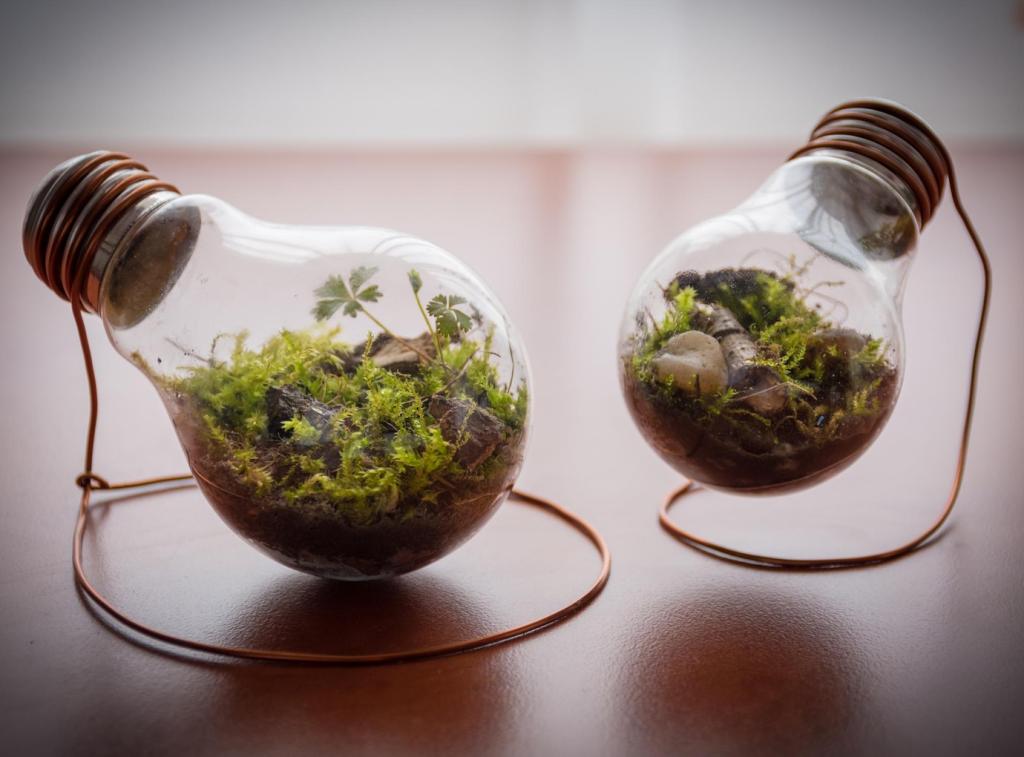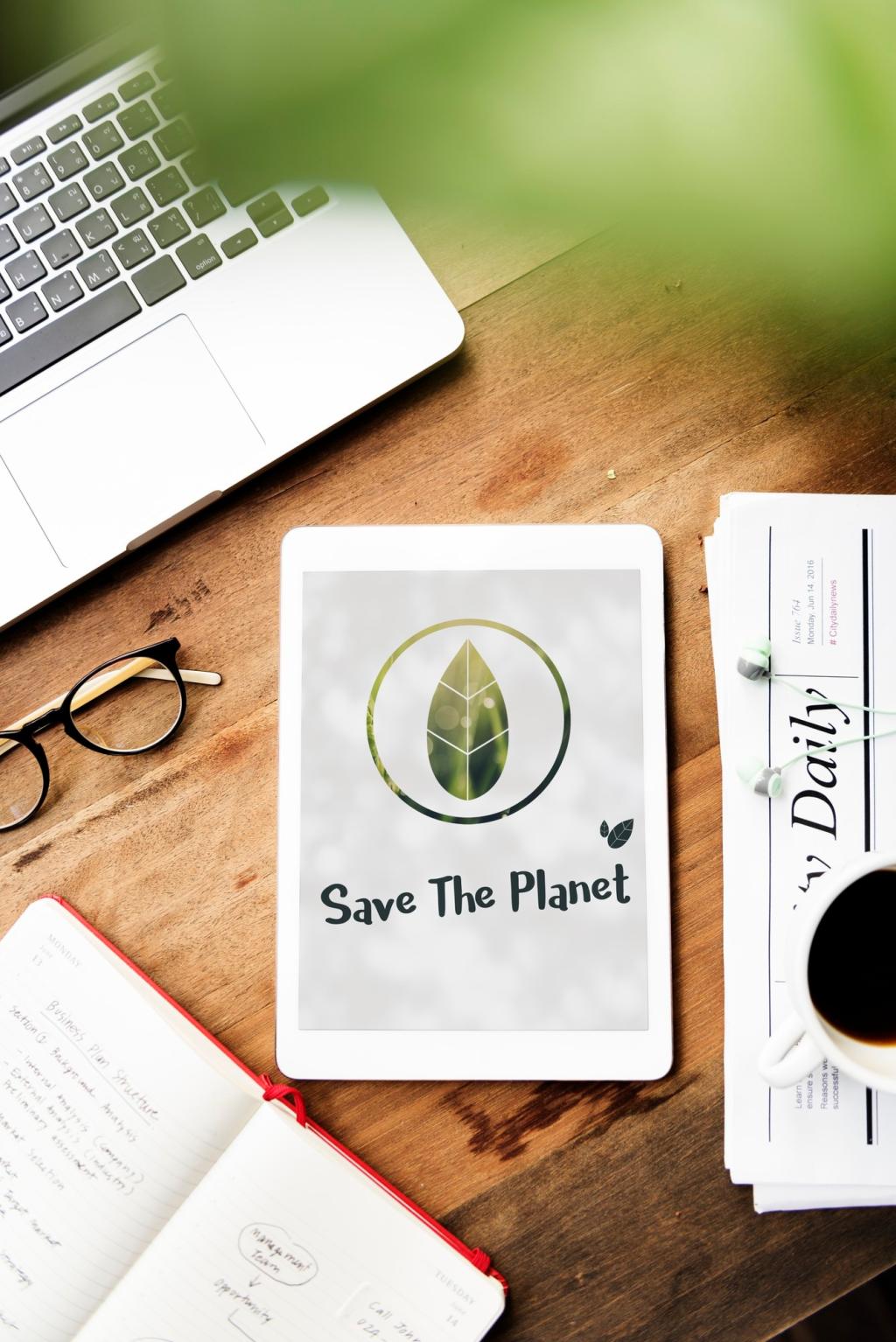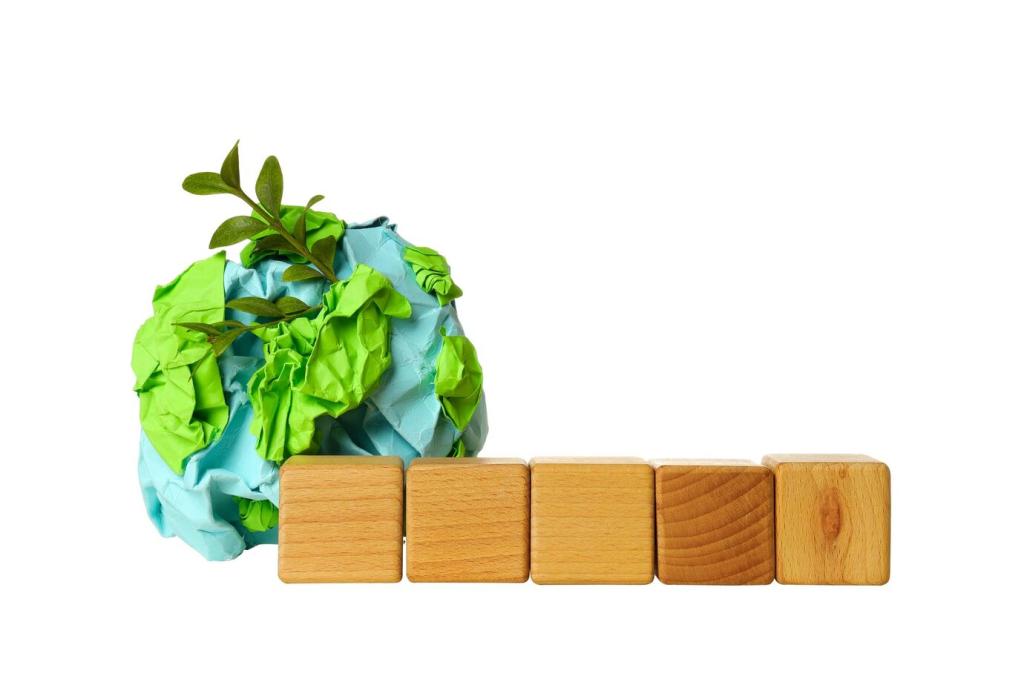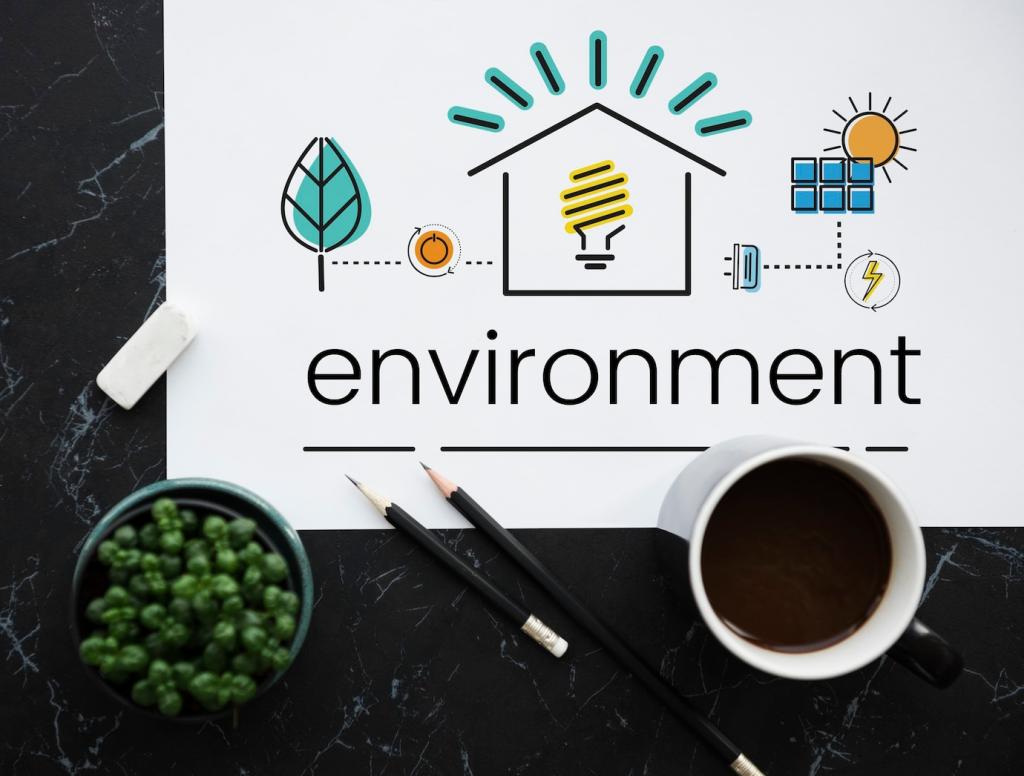Chosen theme: Non-Toxic Solutions for Keeping Outdoor Furniture Clean. Welcome to a space where patios sparkle without harsh fumes, decks invite barefoot mornings, and every scrub supports your family’s health and the planet.
Why Non-Toxic Cleaning Matters Outdoors
Skip harsh chemicals that linger on armrests where children snack and pets nap. Plant-safe, non-toxic solutions prevent runoff from harming soil life and pollinators while keeping surfaces clean enough for spontaneous picnics, friendly gatherings, and late-night conversations under string lights.
Why Non-Toxic Cleaning Matters Outdoors
Chlorine bleach and solvents can fade cushions, corrode fasteners, and strip finishes from wood and metal. Gentle, non-toxic cleaners lift grime without eroding protective coatings, helping chairs resist rust, slings keep their color, and tabletops look welcoming season after season.
Why Non-Toxic Cleaning Matters Outdoors
A mild vinegar spritz or castile soap lather replaces headache-inducing fumes with clean, crisp air. You can scrub alongside kids, chat with neighbors, and let the dog lounge nearby without worrying about volatile chemicals or lingering residues on frequently touched surfaces.



Material-Specific Care, Zero Toxins
01
Wood and bamboo furniture
Dust first, then wash with diluted castile soap using a soft brush along the grain. Rinse lightly and dry thoroughly to prevent swelling. Refresh finish with a plant-based oil, like pure tung, if needed. Tell us your climate and we will suggest a seasonal schedule that truly fits.
02
Metal—aluminum, steel, and wrought iron
Wash with warm soapy water, then treat rust spots using lemon juice and fine salt. Rinse, dry, and buff a thin coat of plant-based carnauba wax for added water resistance. If salt-air corrosion is a challenge on your balcony, share your routine and we will compile crowd-tested tips.
03
Plastic, resin, and all-weather wicker
Spray a 1:1 vinegar solution to cut sunscreen and hard-water films, then use a soft nylon brush in tight weaves. Rinse and towel the edges where drips linger. For scuffs, a gentle baking soda paste works wonders. Subscribe for our printable checklist of quick weekly wipe-downs.
Prevention, Protection, and Sustainable Habits
Covers, shade, and perfect timing
Choose breathable covers that prevent moisture traps, and clean during cooler hours so solutions do not evaporate too fast. Shade reduces UV damage and slows grime baking onto surfaces. Share your favorite cover brands and storage tricks so readers can build their perfect protective setup.
Water-wise cleaning that plants appreciate
Use a bucket and soft hose nozzle rather than a pressure washer. Rinse onto garden beds where mild, biodegradable soap will not harm plants. Reuse vegetable rinse water for pre-soaking cloths. Comment with your best water-saving ideas to inspire our growing non-toxic outdoor community.
Seasonal checklist and smart storage
Spring: deep clean, tighten hardware, recondition wood. Mid-summer: quick refresh, spot-treat stains. Fall: wash, dry fully, and store cushions indoors with silica gel packets. Download our free checklist by subscribing, and tell us which task helps your furniture stay guest-ready the longest.


A Real Story and Your Turn
Last spring, Maya revived a mildew-speckled bistro set using oxygen bleach on cushions and a castile soap wash on the frames. Her kids helped scrub while their dog snoozed nearby, and the only scent left was lemon and fresh air. Share your story so we can feature it next.
A Real Story and Your Turn
Day one: declutter and dust. Day two: wash with non-toxic solutions tailored to your materials. Day three: protect with covers and airflow. Post progress photos, ask questions in the comments, and motivate a neighbor to join. Accountability makes patios sparkle faster, together.
